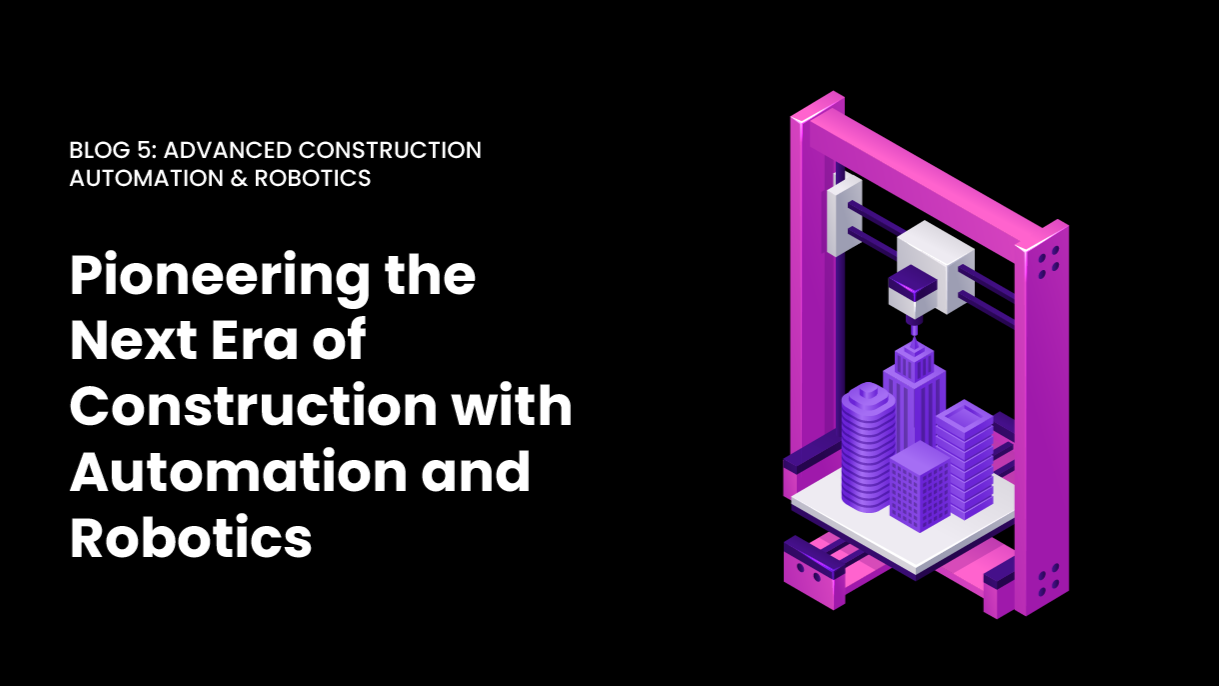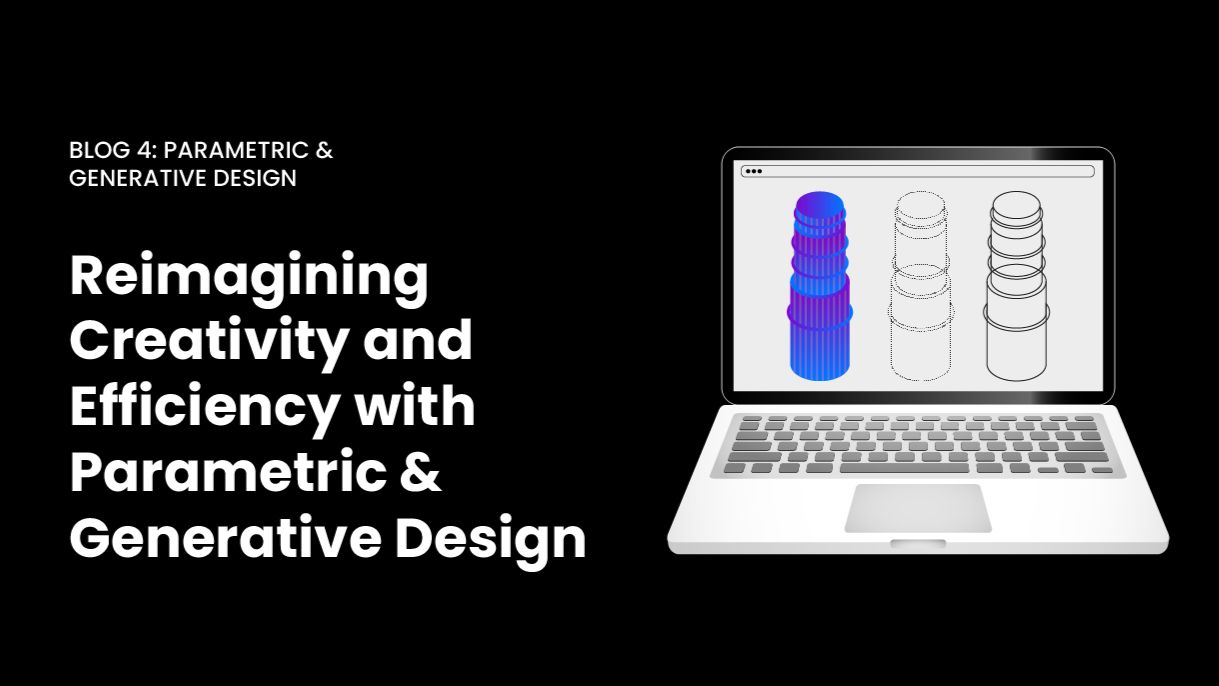The Architecture, Engineering, and Construction (AEC) industry is evolving rapidly, akin to a high-speed train hurtling towards the future. As we stand on the brink of 2024, it becomes increasingly essential for AEC professionals to stay ahead of the curve.
The unfolding future promises groundbreaking transformations, from the dynamic potential of digital twins to the revolutionary impact of artificial intelligence, reshaping how we approach design, construction, and project management.
In this article, we will traverse through the most significant AEC industry trends poised to shape 2024. These are not just minor enhancements; they represent revolutionary shifts that will redefine how we plan, construct, and engage with our built environment.
Whether you’re a seasoned professional or a newcomer to the AEC realm, understanding these trends is crucial for navigating a future that is both exhilarating and challenging. So, let’s delve into the future of AEC – a future where innovation converges with practicality, leading us towards a smarter, more efficient, and sustainable world.
1. Emergence of Digital Twins in Construction
Envision having a virtual replica of your construction project that dynamically evolves and reacts like its real counterpart. Welcome to the realm of digital twins, a concept gaining rapid momentum in the construction industry. These virtual models, constantly changing based on data, offer immediate insights into every aspect of a building.
Digital twins empower project managers and architects to foresee challenges, refine designs, and make decisions with unprecedented efficiency. The impact is profound, resulting in cost reduction, minimized delays, and heightened overall efficiency. As we journey into 2024, digital twins are poised to become a staple in construction projects, fundamentally transforming how we plan, build, and maintain structures.
2. Evolution in 3D Modeling
Gone are the days when 3D modeling was a mere luxury in the AEC toolkit. Today, it stands as an indispensable part of the industry, with its role set to expand further in 2024. Advanced 3D models now offer real-time editing and collaboration capabilities, allowing teams to work concurrently regardless of their physical location. Integration with other digital tools like BIM and AR is on the horizon, promising more comprehensive and immersive design experiences.
3. Integrated Project Management Solutions
In the intricate puzzle of construction, integrated project management solutions act as the glue, seamlessly connecting various facets of the process. In 2024, the focus is on achieving seamless integration, transcending traditional boundaries from planning to execution. Platforms like Voyansi play a pivotal role, not just as CRM software but as robust facilitators of integration and collaboration. This centralized approach saves time, reduces miscommunication, and fosters a transparent and collaborative environment.
4. Cloud-Based Systems: A Revolutionary Shift
Cloud-based systems are set to be a game-changer in the AEC industry by 2024. These systems offer unparalleled flexibility, scalability, and collaboration opportunities, addressing historical challenges of data storage and accessibility. Cloud platforms enable real-time updates and data-driven decisions, resulting in faster project completion, reduced costs, and fewer errors. Embracing cloud systems is imperative for modern AEC professionals to stay connected and agile.
5. Digitalizing the Building Lifecycle
The digital revolution is reshaping the lifecycle of a building, traditionally perceived through a brick-and-mortar lens. In 2024, digital solutions, especially Building Information Modeling (BIM), are instrumental in managing the complexities of design and construction. BIM facilitates a more collaborative and efficient process, resulting in faster, more sustainable, and cost-effective construction. The building’s lifecycle becomes a journey of continuous improvement driven by data and innovation.
6. Augmented Reality (AR) and Virtual Reality (VR)
AR and VR are no longer confined to gamers and tech enthusiasts; they are becoming mainstream tools in the AEC industry. Heading into 2024, these technologies are set to add a new dimension to architecture, engineering, and construction. AR and VR create immersive design experiences, enhancing client satisfaction and aiding in early identification of potential design issues. These technologies foster improved collaboration among team members, redefining the AEC landscape for more innovative and client-focused outcomes.
7. The Pivotal Role of Artificial Intelligence (AI) in AEC
As we approach 2024, AI is not just a buzzword but a key driver in the AEC industry. Its multifaceted applications, from predictive analytics to automated design processes, are changing how professionals approach problem-solving and decision-making. AI algorithms analyze vast datasets, predict project outcomes, identify risk factors, and suggest optimal solutions, leading to more efficient resource allocation and improved project timelines. The integration of AI within the AEC industry signifies a shift towards more intelligent, efficient, and innovative project execution.
8. Embracing a Data-Driven Approach
The AEC industry is rapidly transitioning to a data-driven paradigm in 2024. Leveraging data is not just about collection but about making smarter, more informed decisions that drive efficiency and innovation. Platforms like Voyansi exemplify this shift, providing a comprehensive overview by aggregating data from diverse sources. A data-driven approach is essential for staying competitive and successful in an industry where precision and foresight are crucial.
9. Collaboration and Communication: Imperative for Success
In the dynamic AEC world, collaboration and communication have always been pivotal, and in 2024, they take on even greater significance. Digital solutions play a vital role in fostering a collaborative environment, bridging gaps, enhancing communication, and ensuring everyone involved in a project is on the same page. Real-time sharing of updates, documents, and feedback is no longer a luxury but a necessity for project success.
10. Preparing for Tomorrow: Continuous Learning and Adaptation
The only constant in the AEC industry is change. Looking towards 2024, continuous learning and adaptation are not just beneficial but imperative for staying relevant and competitive. Professionals and organizations that invest in training, experiment with new technologies, and adapt their processes to the latest trends will lead the charge in the future AEC landscape. Embracing change is about fostering a culture of innovation and flexibility that can navigate the challenges and opportunities of the future.
Conclusion
In summary, the AEC industry in 2024 is a vibrant tapestry woven with digital innovation, collaborative efforts, and data-driven practices. The industry stands at the forefront of a new era, from the rise of digital twins to the transformative impacts of AI.
As we embrace these trends, we acknowledge the role of platforms like Voyansi in facilitating this journey towards a smarter, more efficient, and sustainable AEC industry. The future is here, and it’s time to build it with Voyansi’s expert guidance and attention.




